Retinol is a kind of Vitamin A also known as Vitamin A1. It is a fat-soluble substance, with the function of regulating the metabolism of the epidermis and stratum corneum. Retinol for skin care can be use as anti-aging, reducing seborrhea, lightening the epidermal pigmentation, and protecting the epidermal mucous membrane from bacterial invasion. With the reputation of skincare all-rounder and anti-wrinkle gold fighter, it has been playing the role of the king of skincare.
Commonly, retinol’s derivatives include retinaldehyde (retinal), retinoic acid (acid Vitramin A) and retinyl esters (A esters). These are collectively referred to as the retinoids family. They have similar chemical structures and biological activities, and can be interconverted.
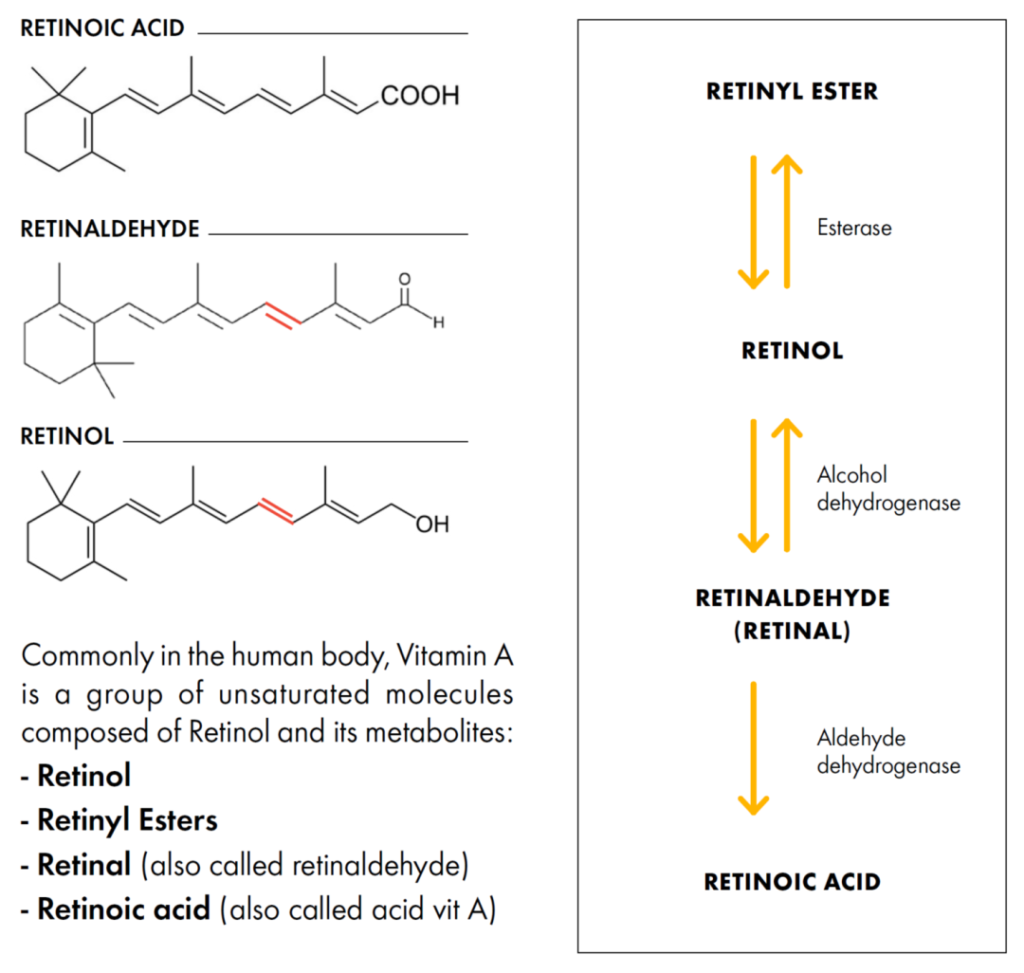 Figure 1. retinol & its derivatives
Figure 1. retinol & its derivatives
- Mechanism of Retinol for Skin Care
In the skin, retinol is naturally present in the epidermis, and increases in concentration from the stratum corneum to the basal layer. Retinyl esters are the storage form of retinol in keratin-forming cells, which are converted to retinol and further to retinoic acid when needed to maintain a dynamic balance. Its biological targets of action have been well studied at the molecular level, mainly through binding to specific nuclear receptors and initiating specific gene regulation.
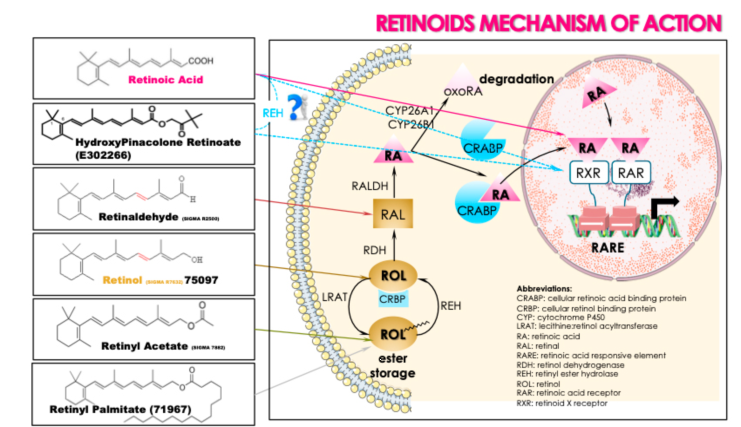
Figure 2. Metabolism and mechanism of action of retinoids
Since retinol itself cannot bind directly to nuclear receptors, it needs to undergo a series of oxidative reactions in the cell to be converted to retinoic acid before it can act further. Upon entry into the cell, retinol extensively up-regulates the expression of alcohol dehydrogenase (ADH), where it is oxidised to retinaldehyde, which binds to retinaldehyde dehydrogenase (RALDH) to be oxidised to retinoic acid. Retinol exists in different isomeric forms: trans-retinol and cis-retinol. Only trans-retinol, which is predominant in most tissues, is the active form that is converted to retinoic acid.
More information about retinol, please visit retinol introduction.
- Anti-aging Effect of Retinol for Skin Care
Retinol, as an anti-aging ingredient that can be added to cosmetics, has been used since the beginning of the 20th century. Since the 1990s, the major cosmetic brands have invested a lot of R&D effort in developing cosmetic-compliant retinol-like ingredients. Today, the main retinoids used as anti-ageing ingredients in cosmetics include retinol, retinyl acetate, retinyl palmitate and retinaldehyde, the first three of which have been recognized as safe by the European Union’s Scientific Committee on Consumer Safety (SCCS); newer applications include hydroxypinacolone retinoate (HPR), retinoid compoundings, and retinoid substitutes of plant origin (bakuchiol).
In 2007, Reza Kafi et al. did an experiment on retinol to improve naturally aged skin: 36 elderly subjects (mean age 87 years) were selected and a 0.4% retinol reagent and a control agent were applied to the subjects’ right and left arms three times a week for 24 weeks. After 24 weeks of use, the subjects’ fine lines on the inner upper arms faded significantly (see the below figure 3). Retinol promotes the production of glycosaminoglycans, which increased by 40% after 24 weeks compared to the control group (see the below figure 4). Glycosaminoglycans are somewhat similar to hyaluronic acid and are components of the dermis. Retinol also promotes the synthesis of type I collagen, which was significantly increased in the skin (red area in the figure 5) after 24 weeks.

Figure 3. After 24 weeks of use retinol, the subjects’ fine lines decrease
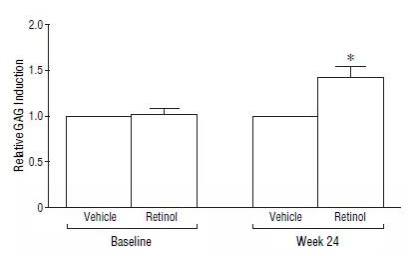 Figure 4. After 24 weeks of use retinol, GAG in subjects’ skin increase
Figure 4. After 24 weeks of use retinol, GAG in subjects’ skin increase
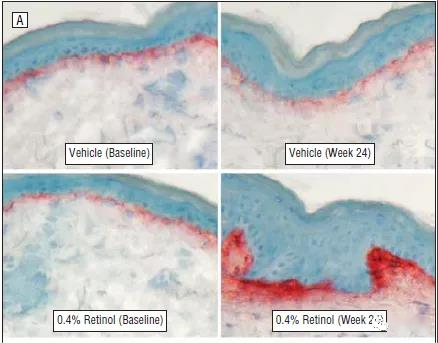
Figure 5. After 24 weeks of use retinol, collagen I of the subjects’ skin increase
Retinol Anti-wrinkle Effect
Retinol and retinol esters act as messengers to promote the proliferation of keratin-forming cells in the basal layer of the epidermis. On fibroblasts, they stimulate the synthesis of type I and type II pre-collagen. It makes the skin full of collagen again and fills in the areas where wrinkles and sagging have appeared.
Retinol Anti-photoaging Effect
The cause of skin photoaging is the overactivity of matrix metalloproteinases (MMP), which are over-activated by UV light, breaking down and destroying collagen that is still functioning well. Retinol and retinol ester compounds can suppress the activity of MMP1 and MMP9, two matrix metalloproteinases that are over-activated by ultraviolet rays. Also, they reduce the destruction of collagen fibres, stop photo-ageing, and prevent the appearance of wrinkles and slackness.
Besides anti-aging effect, retinol also has skincare effect of anti-acne, skin whitening, and increasing skin thickness.
- Other Effects of Retinol for Skin Care
Acne removal & pore refining
While promoting the proliferation of keratin-forming cells in the basal layer, retinol is able to regulate the rate of shedding of already keratinised keratinocytes. The effect is similar to that of AHA, allowing excess keratin that clogs pores to fall off and restoring a smooth. For this reason retinoic acid is often used by doctors to treat acne and has an anti-inflammatory effect. Retinol and retinol esters, on the other hand, are significantly less irritating than retinoic acid in this regard, and can be used as auxiliary ingredients in acne-removing cosmetics.
Skin Whitening
In addition to allowing already formed keratinocytes to shed early with melanin, retinol also has the ability to inhibit the formation of melanin, solving the problem of pigmentation from two directions at the same time, and is also very effective in whitening and brightening.
Increase skin thickness
Retinol can stimulate the generation of epidermal keratinocytes, thicken the granular layer, enhance the intercellular adhesion protein deposition, increase the thickness of the epidermis, greatly solving the problem of skin thinning due to ageing. At the same time, due to the accelerated metabolism of epidermal cells, the cuticle on the surface of the skin is more solid and orderly, and the skin becomes smooth and glossy, with enhanced light transmittance, making the skin look more rosy.
- Retinol for Skin Care V.S. Its Derivatives
| Name | Features |
| Retinoic acid | Maximum stimulation to the skin (for prescription drugs only). Strong irritation, can only be used in medicine, cosmetics are not allowed to add. |
| Retinal | Mild to the skin. Retinal is an intermediate metabolite of natural retinoic acid, which has similar biological activity to retinoic acid and is significantly better tolerated by the skin than retinoic acid, but is not commonly used in cosmetics |
| Retinyl acetate | Obtained by esterification reaction between retinol and acetic acid, it will be converted to retinol in the skin and is not commonly used in cosmetics |
| Retinol | Medium irritation to the skin. Relatively stable, and mostly used for skincare cosmetics |
| Retinyl retinoate | More stable than retinol, low irritation to the skin. |
| Retinyl propionate | Sensitive to light and oxidants. It is considered stable under acidic conditions. Stable for 4 hours when heated to 80°C. Improves conversion by 51% relative to retinyl palmitate. Clinical tests have shown that a cream of 0.3% retinyl propionate, applied twice a day continuously, has a significant effect on removing wrinkles after 8 weeks. |
| Hydroxypinacolone retinoate (HPR) | Recommended dosage for clinical use1-2%, daily skincare recommendations 0.01-0.5%, and it is recommended that its package be a light-safe, closed package to minimize contact with air and light sources. Highly specific double bond of HPR is sensitive to oxidation; it is recommended that it be used in combination with an antioxidant. It can act by binding to retinoic acid direct receptors, and its binding to retinoid receptors enhances the expression of genes related to epidermal differentiation and metabolism |
| Retinyl palmitate | Very commonly used in cosmetics, some studies have shown that the photodegradation rate is faster than that of retinol, retinyl palmitate is activated under UVA irradiation, generating a series of reactive oxygen species, free radicals, which in turn damages DNA, fat peroxidation and so on |
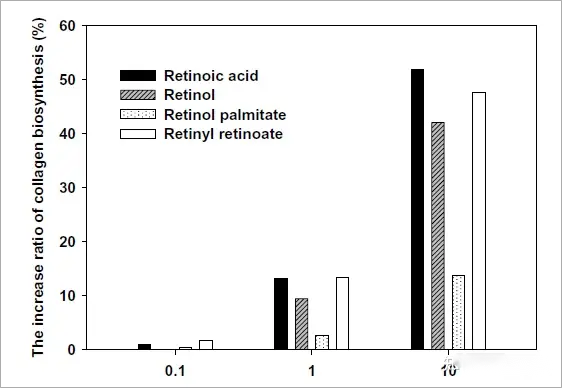
Figure 6. Effect of retinol and its derivatives in collagen biosynthesis
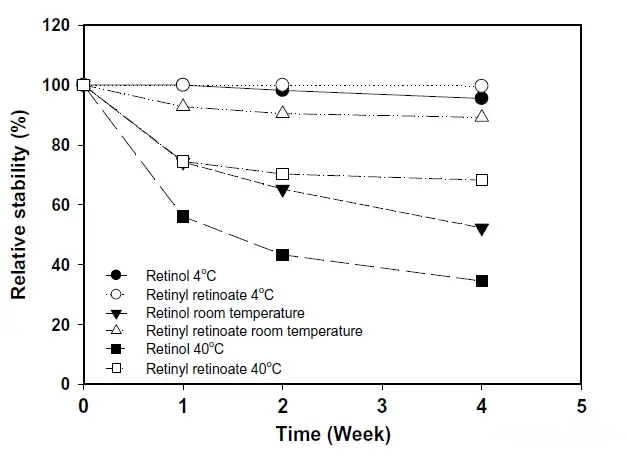
Figure 7. Stability of retinol and retinyl retinoate at different condition
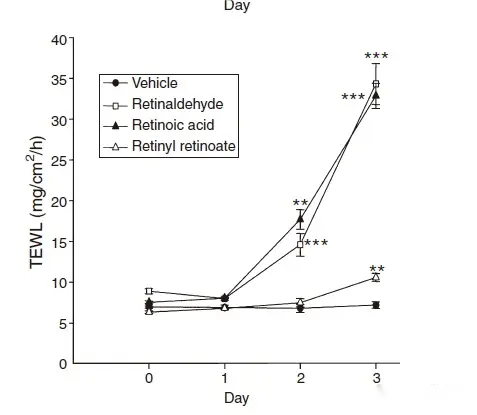
Figure 8. Retinol derivatives’ ability to promote hyaluronic acid regeneration
- Dosage of Retinol for Skin Care
Retinol is a classic and effective anti-aging active ingredient in cosmetics, but there are some problems such as unstable formulation, dryness and irritation to the skin. The European Union’s Scientific Committee on Consumer Safety (SCCS) has suggested that excessive intake of retinol can cause skin problems and toxicity, and may even lead to malformations in infants. In 2016, it issued a scientific opinion on retinoids (retinol, retinyl acetate, retinyl palmitate) assessing the safety of their use in cosmetic products, and proposing that the safety of retinol for skin care and its derivatives in body lotions is 0.05% dosage, and in other leave-on and shower cosmetics is 0.3% dosage.
Related Reading







